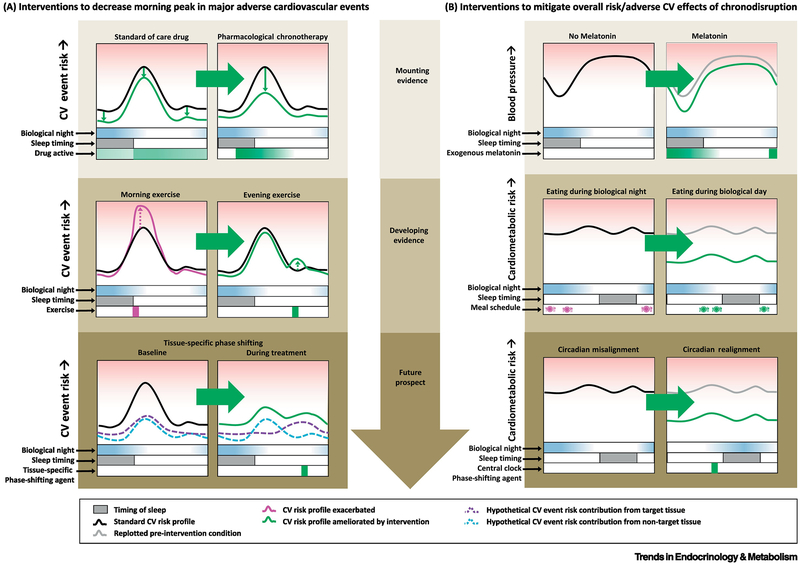Figure 5: Prospects for circadian interventions to mitigate cardiovascular risk.
A: Interventions to decrease morning peak in major adverse cardiovascular events (CV events). Top panel: Pharmacological chronotherapy here refers to timing of cardiovascular medication (via timing administration and/or delayed/slow-release formulations) aimed at maximizing the dose during the vulnerable time while minimizing the dose at other times to decrease adverse side effects. Middle Panel: Although exercise lowers overall/long-term cardiovascular risk, it may carry increased acute risk of an adverse event for patients with cardiovascular disease, which could be mitigated by optimal timing of exercise within the biological day. Bottom panel: There may be a multiplicative effect of CV event risk factors produced by certain tissues in the body at a given circadian phase (e.g., circadian morning peak in PAI-1 and coinciding peak in platelet activation). If so, tissue-specific phase shifting of peripheral clocks in one (but not the other) tissue could serve to blunt the overall CV event risk during the vulnerable time window.
B: Interventions to mitigate overall risk/adverse CV effects of chronodisruption. Top panel: Mounting evidence suggests that optimally timed exogenous melatonin may decrease blood pressure. Middle panel: During circadian misalignment, evidence is developing that confining meals to the biological day may decrease metabolic/glucoregulatory sequelae of circadian misalignment. Bottom panel: A long-term goal of treating circadian misalignment is the development of therapeutics, e.g., small molecules, accelerating re-entrainment of the central and/or peripheral clocks to shifted behavioral and environmental cycles, e.g., for shift workers, jet lag, and circadian rhythm sleep/wake disorders.

